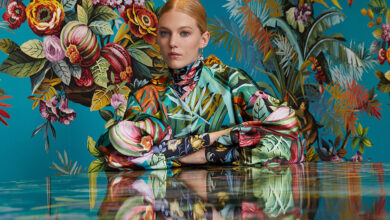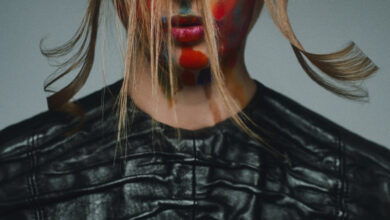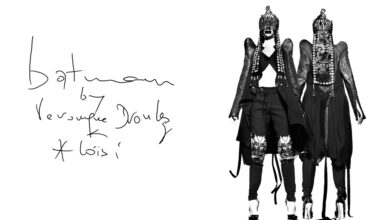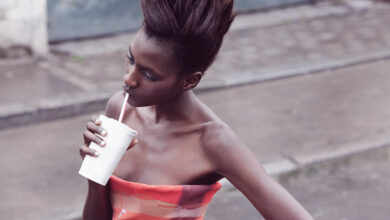HEIDI MOTTRAM EEL SKIN DESIGNS A/W 11
British designer Heidi Mottram graduated from London College of Fashion and Central St Martins to work amongst many major international designers before starting her own line in 2007.
She soon became renowned for her eel skin bags and purses and developed into a kind of UK guru for specialist eel skin design techniques, discovering new ways to manipulate the skin as a textile including pleating, ruching, folding and pin tucking to create unique style, shape and texture which contrasts from the usual smooth and linear design of eel skin products.
For Autumn/Winter 2011 the brand has once again combined forces with photographer David Wise to bring us stunning new campaign imagery for each of the Shagreen and Aurora collections…
The ‘Aurora‘ collection, depicted as an ethereal silhouette with vibrant colours derived from each of the signature pieces, comes under the label thirty/50 by Heidi Mottram and is limited to only thirty bags and fifty purses. It is inspired by the mystical Aurora Borealis and Aurora the goddess of dawn: each piece portrays the amazing colours of this natural light display with flashes of fuchsia, teal, purple yellow and light grey.
The ‘Shagreen‘ campaign shows powerful contrast imagery exuding passion, aggression and power through the female form. This eel skin collection is inspired by the texture and history of the Shagreen Stingray which never fail to fascinate audiences with their enigmatic beauty and grace. The collection mirrors the patterns and colours of the sting ray featuring button and eyelet adornments in a palette of red, light grey and purple.
Eel skin is 150 % stronger then cow hide of the same thickness while remaining feather light and long-lasting; perfect for everyday use, it is also a by-product which means that the eels were not killed for their skin. Variations in colour and markings of the eel skin make each piece distinctive and naturally beautiful and when combined with Heidi Mottram’s special design techniques become even more one-of-a-kind… as much a form of artwork as the campaign imagery that is used to portray them.
By Lucy Mclean













